
Do you live in a place that has a cold temperature all year round, or in a region that has a dry climate? If yes, it’s likely that you’re constantly coping with health symptoms and conditions due to the low humidity levels in your home. Dry air causes a host of health issues ranging from sore throat to respiratory problems, and now, recent research shows that diseases transmitted by saliva-coated viruses can remain infectious for more than two hours if they are in dry air. “It shows that this type of virus can hang around for quite a while,” said the study’s senior author, Professor Mark Hernandez of the University of Colorado Boulder. “Depending on architectural factors, someone else could walk into that space with potent doses still hanging around” he adds.
The study shows that humidifying your indoor air may help to prevent the spread of diseases. There are many ways to add moisture to dry air, and one of the most effective ways to do so is by adding indoor plants to your living spaces. Here is what you need to know about increasing humidity in your home, and the best indoor plants to improve dry air.
Benefits of Humidity in Your Home
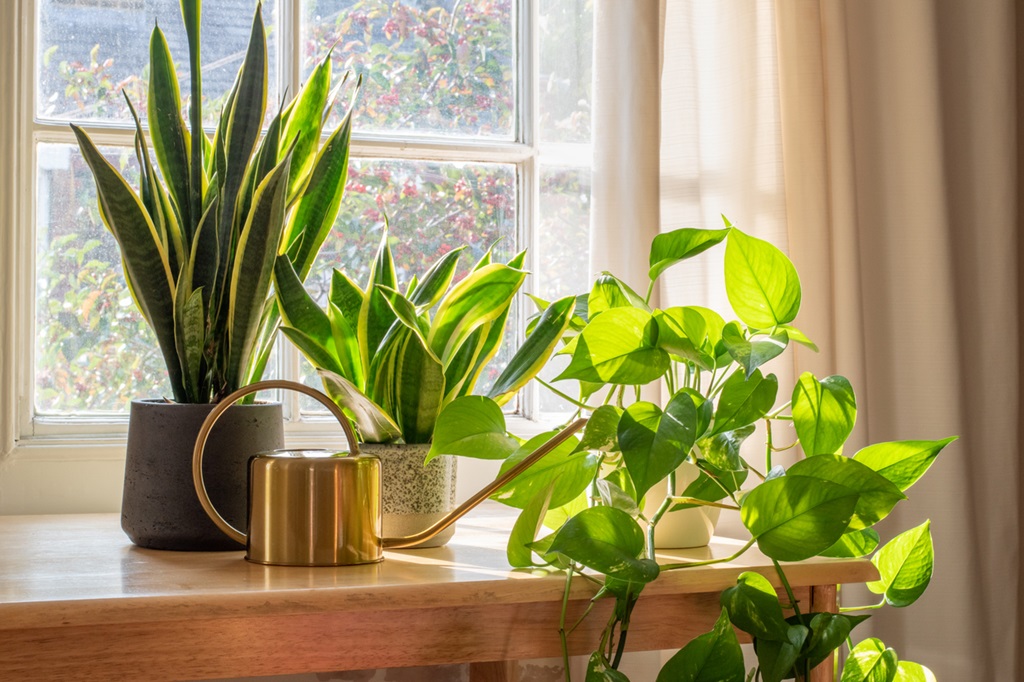
The US Environmental Protection Agency recommends keeping your home’s humidity levels between 30% to 50% to lower the risks of having frequent colds and coughs, nose bleeds, and dry skin. Apart from keeping your family healthy though, humidifying your indoor air can also prevent your paint from drying out and cracking, and it keeps dust and pollutants out of the air. Moreover, humid air is better for the sinuses, and it may help people with asthma to breathe easier.
You can increase humidity in your home by installing a whole-house humidifier. Not only will this help to balance your home’s humidity, but it also has the added benefit of making your living spaces warmer. Meanwhile, if you want an aesthetically pleasing way to improve your indoor air quality, then you may want to consider adding plants to your home.
Plants for Increased Humidity
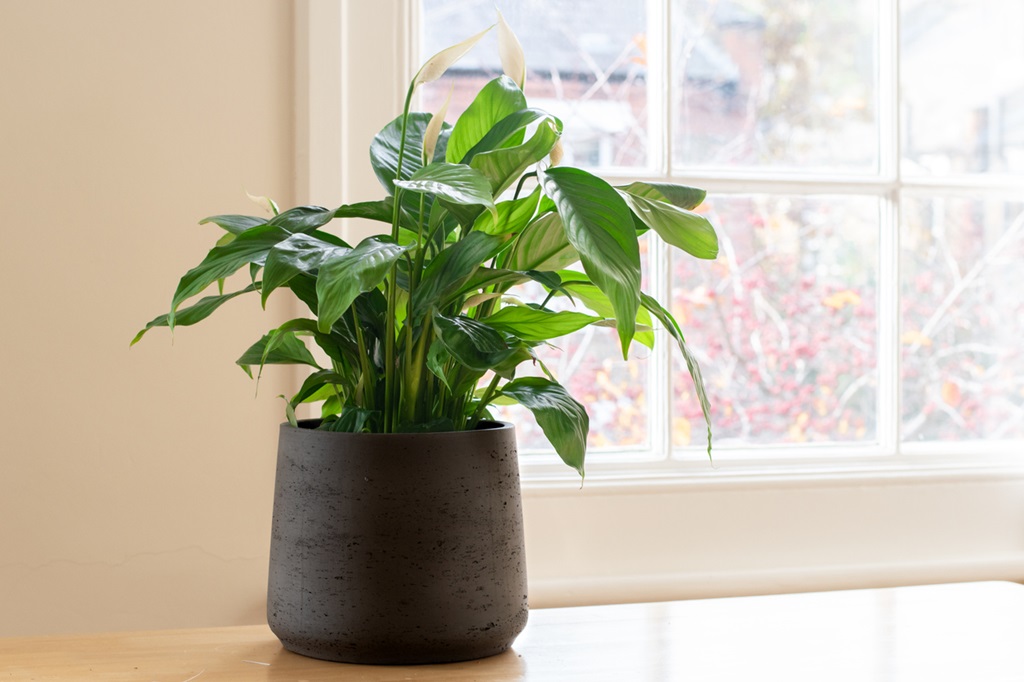
Plants add moisture to the air through a process called evapotranspiration. Whenever you water your plants, the moisture in the soil makes its way up from the roots to the leaves, and from there, it evaporates into the air. Some of the best plants for increasing humidity include Peace Lilies, which are tropical evergreens. They are ideal if you live in the city since these plants can neutralize harmful gases like carbon monoxide. Although Peace Lilies thrive in indirect light, they also do well in rooms with low light, so they’re perfect for your bedroom as long as they’re placed near a window that gets some sun.
Another plant that can effectively increase humidity in your living space is the Boston Fern. It grows in many tropical parts of the world and it’s one of the easiest houseplants to maintain, making it ideal for novice gardeners. Place your potted Boston Fern near a window so it gets access to bright, indirect light, and spray the leaves regularly with water to keep them looking lush and green.
Limit These Plants in Your Home
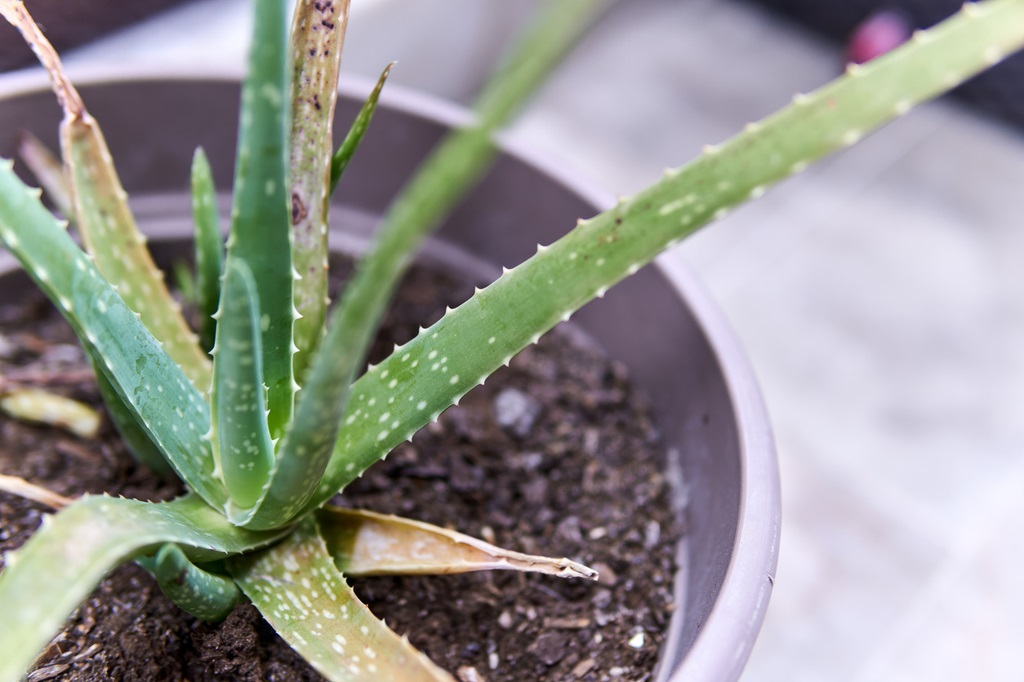
Not all plants add moisture to the atmosphere. In fact, others have the opposite effect as they can draw the moisture out of your indoor air, leaving it drier than it already is. Plants that get moisture from the air include Succulents and Aloe Vera. Though these desert plants are popular among those who do container or indoor gardening, these can affect your air quality and make it more difficult to breathe.
Other plants that can dehumidify your home are Pennywort, English Ivy, Lilacs, and Orchids. If you have these plants but do not want to get rid of them, consider having just one of these houseplants in frequently used rooms. Having all of them in one area can affect the air quality of the room, so spread them around your home, making sure to place some humidifying plants near them. Alternatively, you can place some of these dehumidifying plants in your balcony or den if they are not particularly sensitive to direct sunlight.
Additional Tips to Increase Your Indoor Air’s Moisture Levels
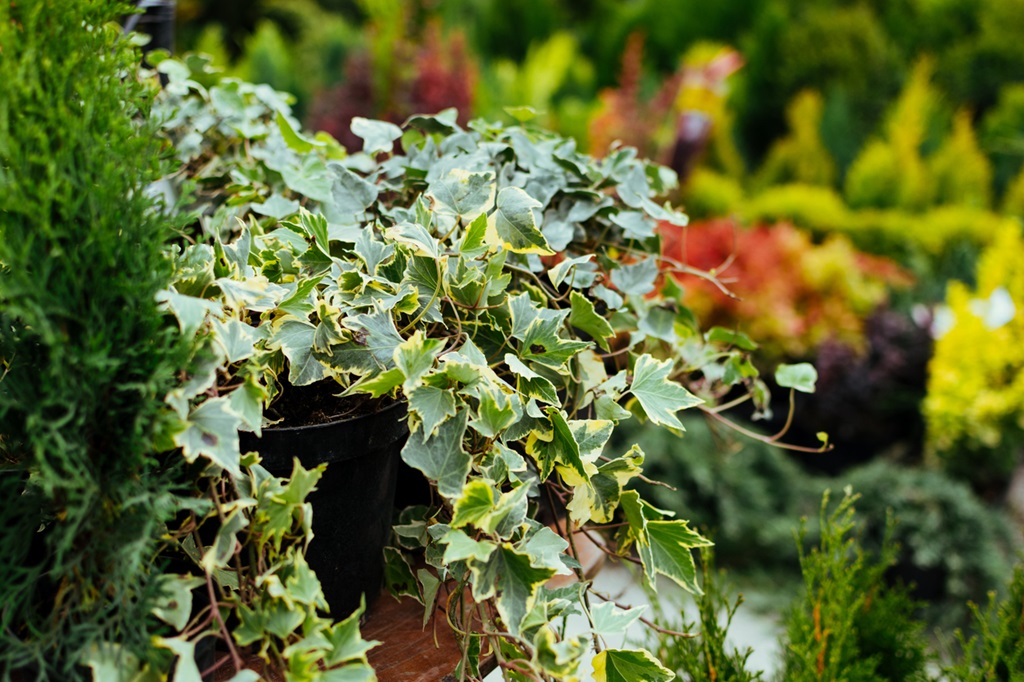
To get the full benefits of your humidifying indoor plants, place your houseplants in a group on a table or on a plant riser. Next, take a small container and fill it with water, then place it in the middle of your houseplants to boost the plants’ evapotranspiration abilities. For an aesthetic way to add humidity to your rooms, place your houseplants on a tray filled with pebbles and some water.
You may also want to bring your houseplants into your bathroom for a shower every few months or so, especially during the winter months. Doing so will clean the leaves of dust and grime, which will further help the plants to increase humidity in your home. Remember to use lukewarm water though, since showering your plants with hot or cold water can be detrimental to their system.

Humidifying your home can be beneficial to your health and well-being. Add moisture-boosting plants to your living spaces, and see how they improve your indoor air quality.
Other Recommended Reading
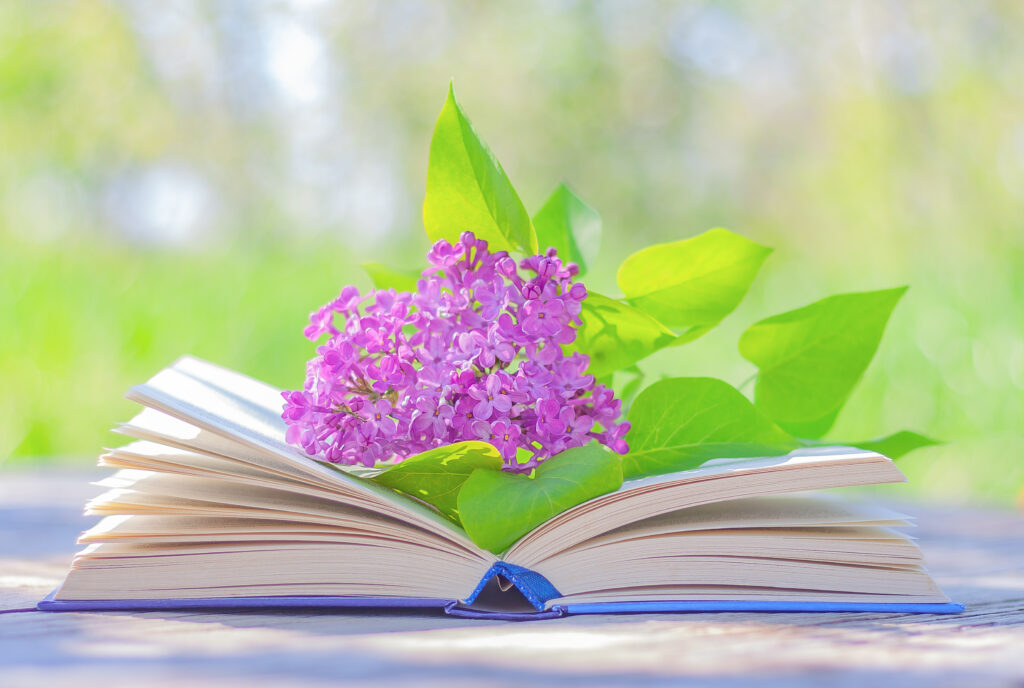
- Create A Monarch-Friendly Flower Garden
- How To Propagate Houseplants
- How To Create A Pizza Garden
- Grow Light Basics
- How to Create a Bird-Friendly Garden

At Jung Seed Co, we strive to be your go-to guide for all your gardening needs. Our YouTube channel The Garden Doctor by Dick Zondag is where he provides gardening tips for all levels of gardeners. When you need reliable gardening advice, turn to the trusted experts at Jung.
View our new catalog online or browse our website for your gardening favorites. To receive info on new products, exclusive deals, and specials, be sure to sign up for our weekly email. Join our Facebook page, to discuss all things gardening!
About the Author: If you are interested in writing an article for the Jung Blog email us at – info@jungseed.com.